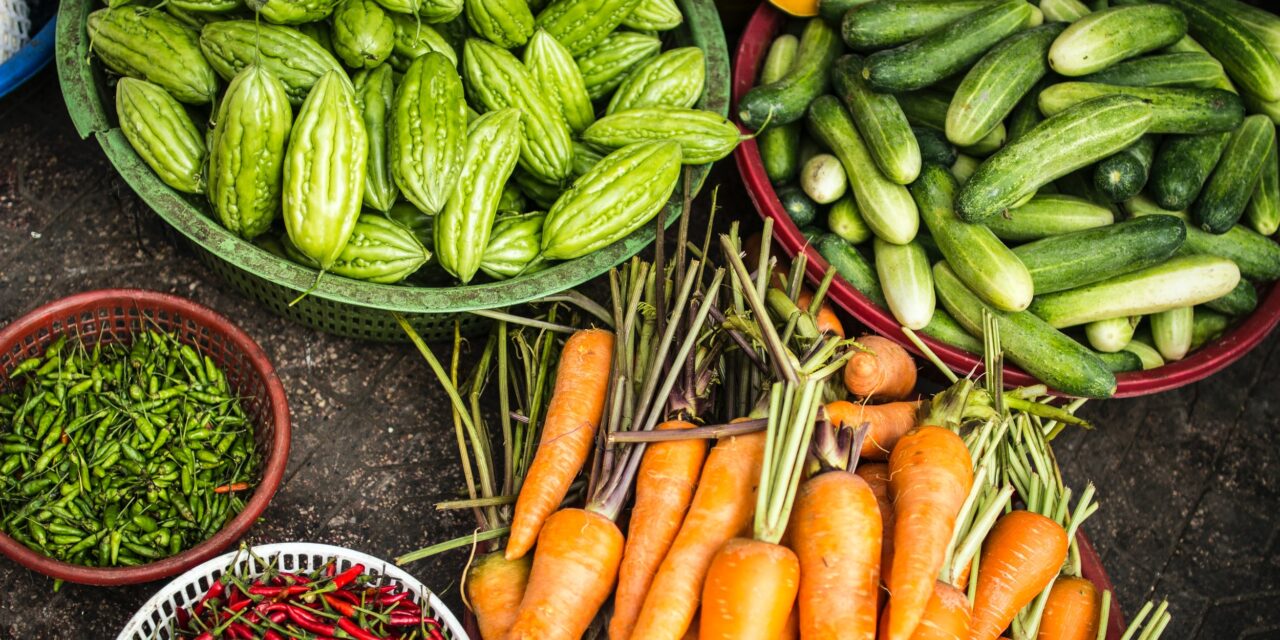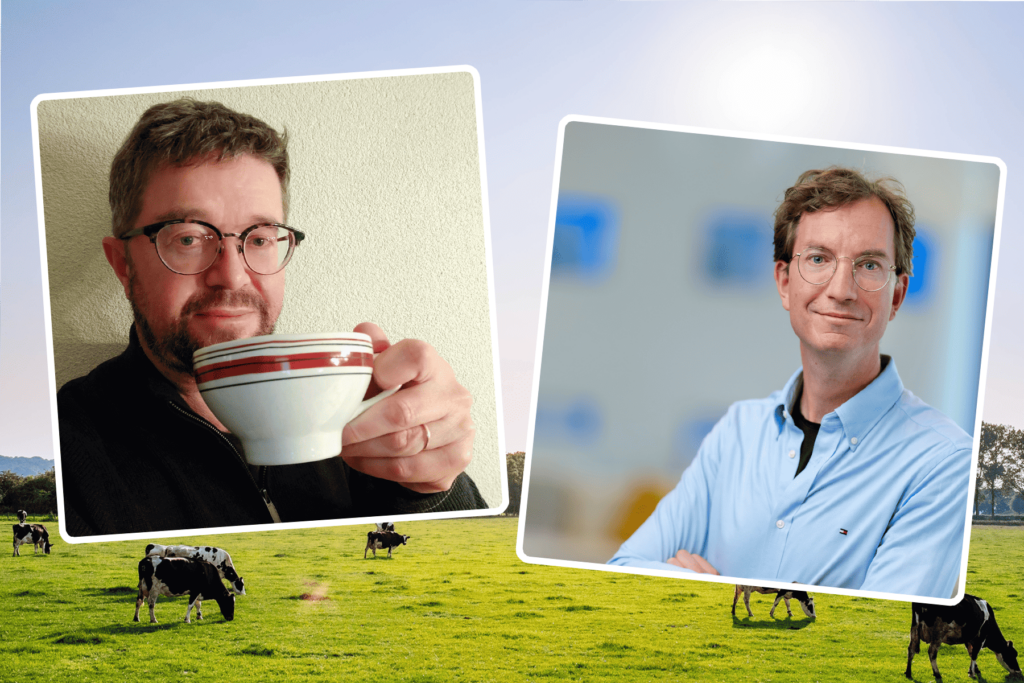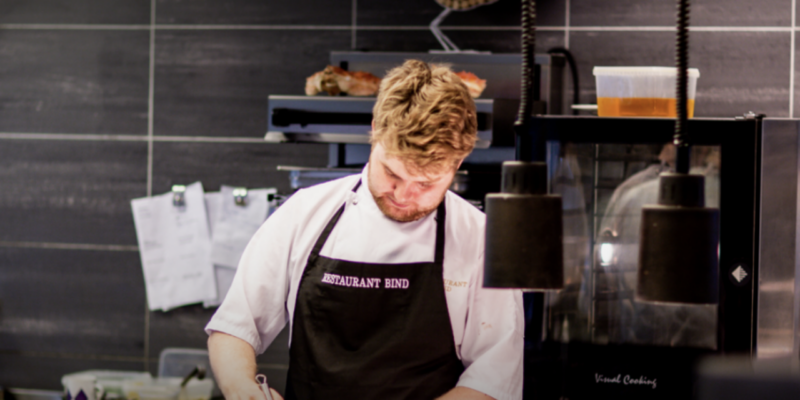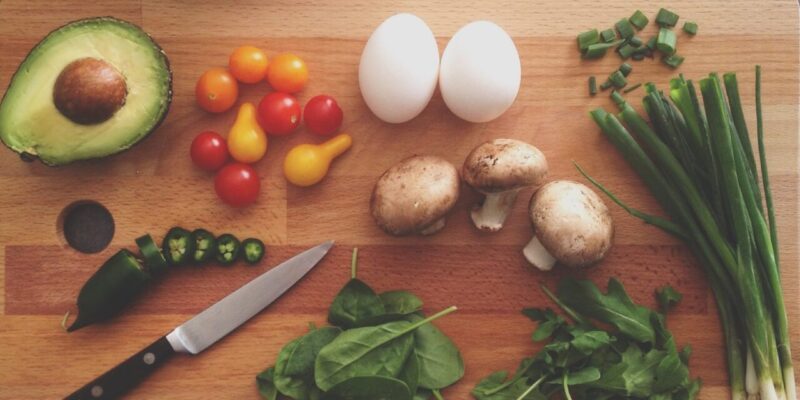Circular procurement in the agrifood sector: creating impact

The food sector is facing significant sustainability challenges, primarily linked to practices like intensive farming and land utilization. How can your organization improve in this regard? Two experts, Gerard Teuling (MVO Nederland) and Rob Heijink (RVO), shed light on the implementation of circular procurement within the agrifoodsector.
According to Gerard, sector manager for food and agriculture, there are three main themes concerning circular procurement.
“Firstly, the focus lies on waste reduction and optimization of residual streams. Secondly, there’s the protein transition: shifting towards fewer animal products and a greater emphasis on plant-based alternatives. And finally, it’s important to think about the products you buy. This is about big issues as well as smaller details, such as the cups from the coffee machine.”
A lot can be achieved with procurement, Gerard explains. “Plenty of organisations and companies have solutions for waste, residual streams and for plant-based food. There are also farmers who already work sustainably. By encouraging all these practices for procurement, you add a lot of value to the circular economy.”
Gerard especially hopes that people start seeing the impact of procurement: “Through the regular food we eat every day, humans have a devastating effect on the earth. Our agricultural system causes 25% of greenhouse gas emissions and 60% of biodiversity loss”, Gerard explains. “Your purchases determine how beautiful the Netherlands will look. And how livable our planet remains.”
What it means to be circular
Rob Heijink works at the Netherlands Enterprise Agency as category manager for consumptive services (catering) and completely agrees. “We conducted an initial circularity tender for the Department of Waterways and Public Works. This organisation has high ambitions in this area. They are aiming towards circular asphalt and viaducts, but they’re also focused on more circularity for their products such as furniture for the office. For them, we tendered circular catering for the first time.”
To do this properly, it was important to establish a precise definition of circular catering. “Think about the use and management of resources like soil and water, handling them wisely and reducing waste. Not just at the end of the chain, but in every part of it.”
A clear definition is important to help the supplier move in the right direction, Rob says. “When we started, we encountered 144 interpretations of ‘circular economy’. This lack of clarity is counterproductive. It shows the need for a precise formulation of the term.”
Know what you throw away
Rob and Gerard highlight several advantages that circular procurement offers companies (and organisations) in the agrifood sector. “Choosing circular procurement helps you stand out positively as a company. It’s a new area with lots of chances for innovative ideas.”
Starting out with circular procurement clearly is a smart move. But how do you initiate the process? According to Gerard, it all starts with comprehending the present situation in your business, to know the way you handle products and materials. “Take food waste: everyone wants to combat it, to save money as well. Yet, when you actually measure it, you might be startled to find that the waste is higher than anticipated.”
“By quantifying this and giving it your focus, you generate ingenious solutions. Installing cameras above waste bins, for instance, to monitor the extent of disposal. You can reinvest the funds you save in promoting healthier and superior-quality food.”
Furthermore, understanding the chain is valuable, Rob argues. “Look at how the chain works and identify the risks. Investigate where your products come from and where you can make an impact. The same applies if you want to tackle poor working conditions, for example.”
Opportunities rather than risks
It is not easy, the two experts admit. “Firstly, it obviously costs money to research where you stand as an organisation. You have to recoup that investment,” says Rob.
“It also takes time,” adds Gerard. “Do you want to buy sustainable food? Then you have to feel your ownership and place in the chain and find out where your products come from. In the end, it’s all about transparency.”
At times, unexpected events like COVID-19 can significantly disrupt procurement strategies. Conversely, situations can arise where a producer finds themselves with surplus inventory, for which there are few buyers. In these scenarios, as Gerard underscores, strong collaborative commitment within the supply chain and willingness to share risks are important.
“Addressing these challenges requires a collective effort. Completely eliminating risks is not the optimal approach. Embracing sustainability solely out of risk management obstructs true organizational growth. When you redirect your attention to potential opportunities, you’ll be inspired to come up with innovative solutions.”

Rob Heijink and Gerard Teuling
Building a new system
What should you look out for when selecting circular suppliers in the agrifood sector? “Experience for example, someone who’s already engaged in this field. Also proximity, transparency and visibility into the chain,” argues Rob.
Gerard notes that it helps to focus on one aspect. “I recall someone who opened a vegetarian restaurant within the ABN Bank. They were successful because of their clarity. Yet, exclusively emphasizing vegetarianism can also fuel resistance. Nevertheless, a considerable number of people are open to nature-inclusive approaches”
Moreover, buyers benefit from the transition to nature-inclusive agriculture, says Gerard: “We have problems with biodiversity, air quality and nitrogen: many reasons to build a new system. By contributing as a buyer, you add a piece to the puzzle and make a positive impact.”
Working with shared ambitions
Rob also highlights the collaborations among companies. “We are participant of the buyer group called the Natural Food and Drink collective. Some of its members include Roompot, Jaarbeurs Utrecht, and the hospital Radboud UMC. This hospital sources 35 percent of their food locally.”
Gerard: “MVO is currently partnering with local farmers to explore what this means for an issue like biodiversity. The Radboud hospital purchases local produce but collaborates with a national caterer. Together, we ask ourselves: can we guide the caterer t more towards biodiversity restoration? Because of our established relationship, we can easily converse about shared aspirations.”
“In our Food and Drink collective, around 20 participants are united,” Gerard adds. “These are leaders in this field. Together we have set the goal of making the Netherlands a more beautiful place to eat and thus making circular procurement work in practice. We learn by doing and share knowledge and experiences. This is how we contribute to future prospects for farmers and nature in our country. If you also have ambitions for this, please reach out to us. With national and regional clusters, we look at how we can cooperate with (local) farmers.”
Finally, Rob shares an example of a succesful circular project against food waste: ‘De Verspillingsfabriek‘ (The Waste Factory). Rob: “Within this project, soups and sauces are made from vegetables that would otherwise be thrown away. For example, caps from tomatoes that didn’t fit on hamburgers.”


